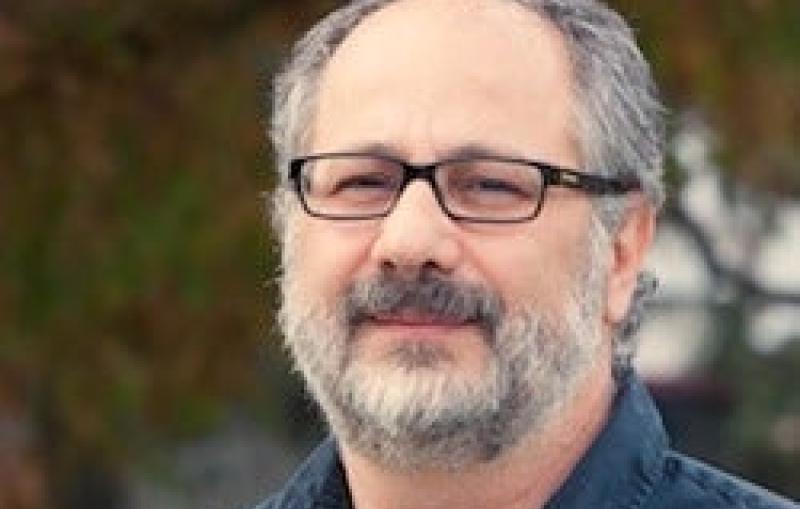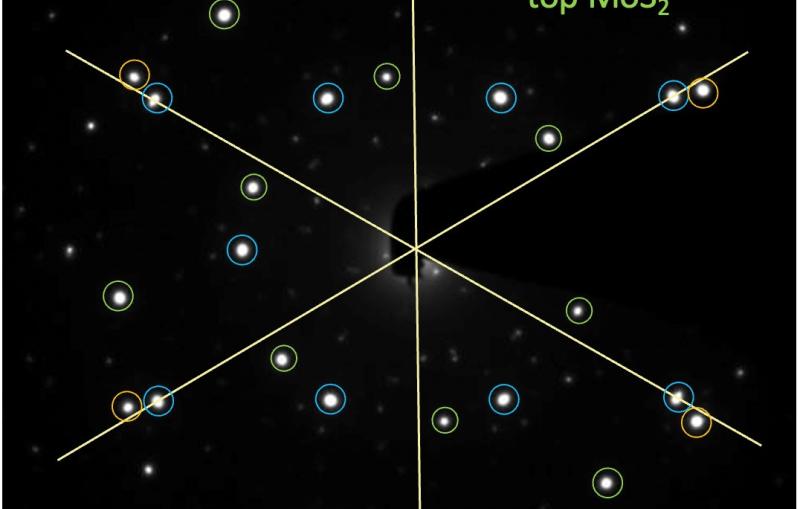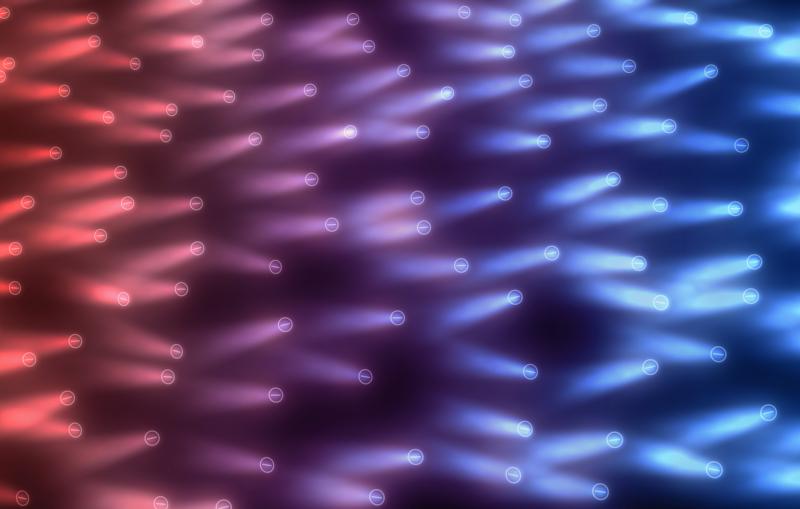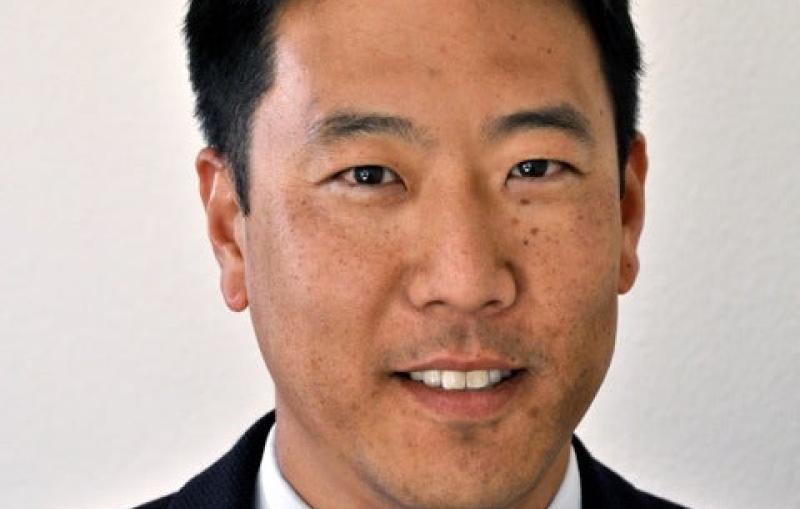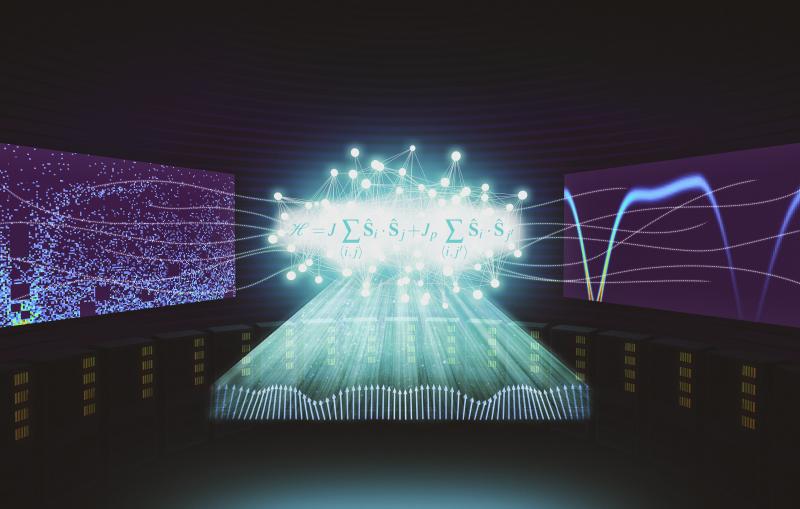Postdoc Eric Verploegen Energized by Experiences, Mentoring at SLAC
If the excitement and enthusiasm of young scientists like Eric Verploegen could be pumped directly into the power grid, the world's energy problems could be solved tomorrow.
By Lori Ann White
If the excitement and enthusiasm of young scientists like Eric Verploegen could be pumped directly into the power grid, the world's energy problems could be solved tomorrow.
It can't, though. So Verploegen has made it his goal to channel his energy into looking for solutions the old-fashioned way – hard work, and lots of it.
He arrived in the Bay Area three years and three months ago as a newly-minted Ph.D. (Massachusetts Institute of Technology, polymer science) to take up a post-doctoral appointment, during which he was "shared" between two mentors: Michael Toney, head of the Material Sciences Division at the Stanford Synchrotron Radiation Lightsource, and Stanford chemistry Prof. Zhenan Bao. As if working with two professors wasn't enough to keep him busy, Verploegen said that for his first six months he also worked as a postdoc at the Stanford Institute for Materials and Energy Science (SIMES), a joint SLAC-Stanford institute.
Verploegen soon settled into his main project: studying organic photovoltaics – thin films made out of organic polymers that can be used in solar cells to capture the sun's energy and convert it to electricity. Such films are flexible and can be cheap if mass-produced, but currently they are not very efficient or sturdy.
Verploegen used SSRL's Beam Line 11-3 to perform X-ray scattering measurements of organic thin films, enabling him to investigate the relationship between their structures and their properties. "I looked at how the molecules rearrange when heated," he explained. Optimizing the arrangement of molecules in the active layer – the layer that actually converts the sun's energy to electrons and electron "holes" to generate a current – is key to making the films as efficient as possible. Verploegen and his Stanford and SLAC collaborators published the research in Advanced Functional Materials, while a paper discussing how the use of X-ray scattering has led to a greater understanding of the structure of thin film appeared in Synchrotron Radiation News.
These publications are merely the most public evidence of his activities during the past three years – the "thin film," as it were, coating his accomplishments. In order to use Beam Line 11-3, Verploegen had to help develop new instrumentation for it – "a chamber for studying organic electronics and organic materials that's now used by a lot of users,” he said.
Verploegen's experiences on the beamline helped other SSRL users in less formal ways as well. "I've seen so many scattering patterns that I could look at their patterns and tell what's in their films," he said – including the causes of "artifacts," resulting from impurities or incorrectly prepared or placed samples.
But it's the broader resources of SLAC and Stanford that Verploegen really took advantage of. "I learned a lot about the global and national energy situation," he said. Events hosted by Stanford's Global Climate and Energy Project deserved special mention. "I love the GCEP conference," he said. "They have such great speakers. You learn so much about energy policy and the economics involved." He credits such resources with helping him choose his next steps on the path to a clean-energy career: "The exposure I got to the energy sector showed me how I can best make an impact."
And that step? Away from synchrotrons, but Verploegen is remaining with polymers. He's joined Soane Energy, a small startup in Boston founded by ex-UC Berkeley faculty member David Soane, which is developing methods to help clean up the processes used to extract oil from tar sands and natural gas from shale. Verploegen is not sure if there will be many synchrotrons in his future, but he termed the experience invaluable. "My experience using synchrotrons has given me an intuition about self-assembly" – the way polymers put themselves together.
Verploegen promises to tell people on the East Coast good things about SSRL. "SSRL and Stanford have a very vibrant community working on energy solutions," he said.
Verploegen became an important part of that community.
"Eric was the perfect person to start the collaboration between my group and Mike Toney's at SLAC," said Stanford mentor Zhenan Bao.
Michael Toney, Verploegen's SLAC mentor, commends Verploegen for being able to parlay his SSRL experience into a dream job. "He was able to use what he learned to find a place in a small, specialized company," Toney said. "He's been a fantastic postdoc and a fantastic resource."
And the world can ill-afford a scarcity of natural resources like Eric Verploegen.
Contact
For questions or comments, contact the SLAC Office of Communications at communications@slac.stanford.edu.
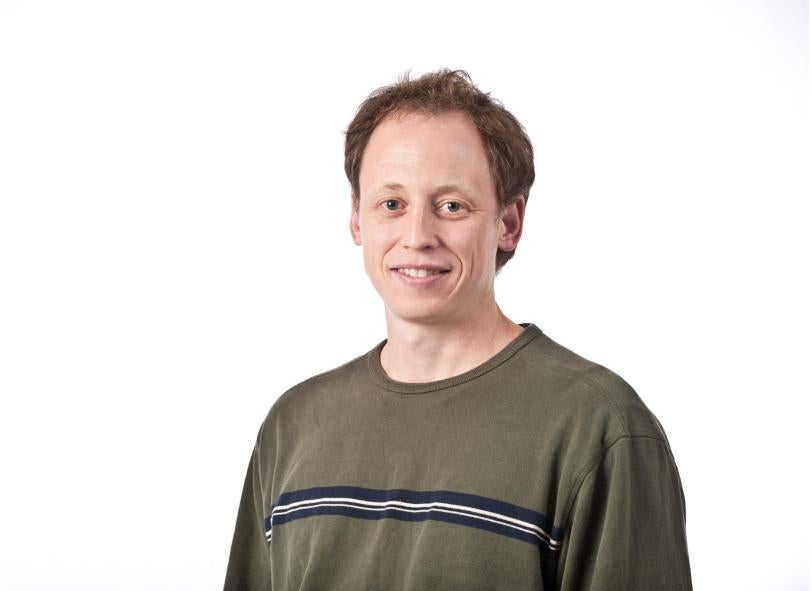
(Photo by Nathan Kwok)
